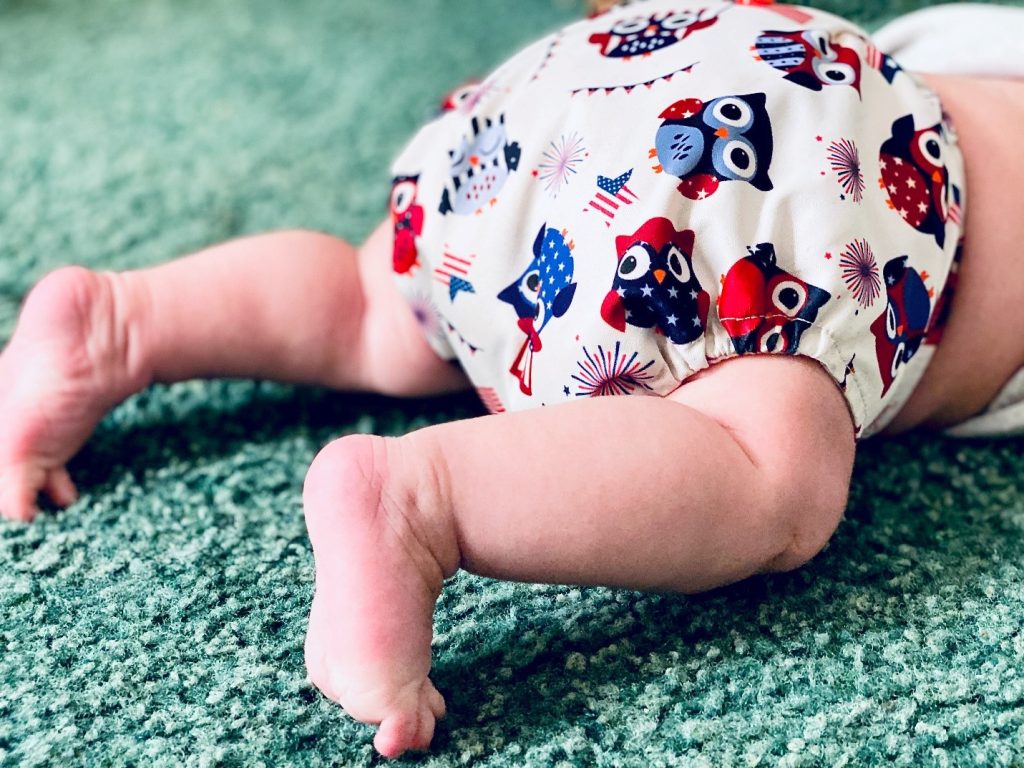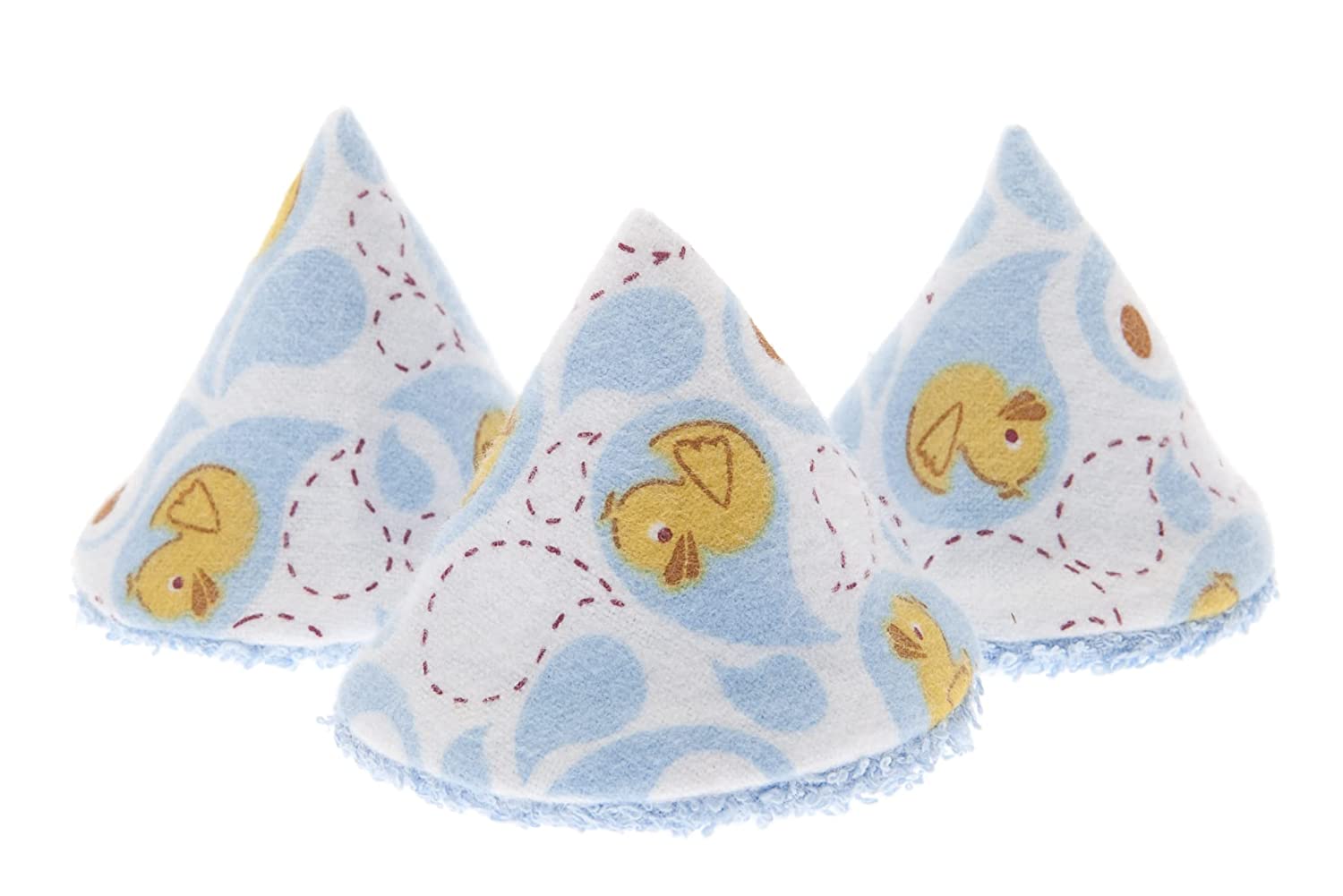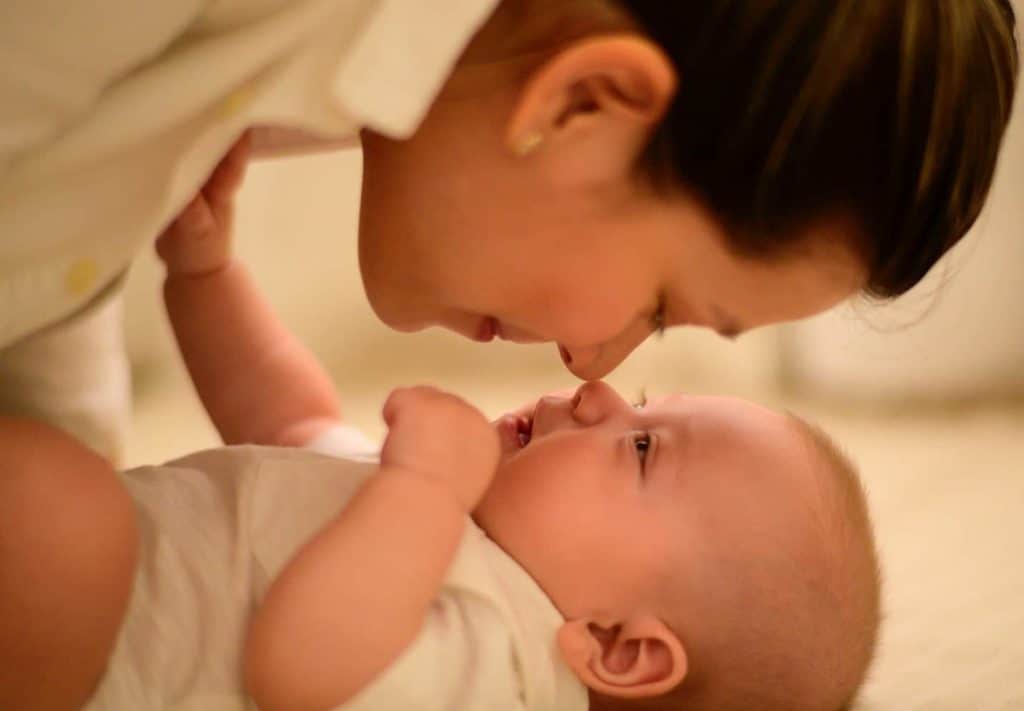New parents might be surprised to find out that babies often pee when their diapers are being changed. This can be especially surprising if your baby boy pees on you as soon as you were about to put on a fresh diaper. Fortunately, there are some ways to prevent yourself from being peed on when changing your baby boy’s diapers.
There are various ways to keep your baby boy from peeing on you during diaper changes. For example:
- Get your baby to pee before you even take off their diaper by rubbing their belly with a cold wet wipe or by exposing them to the cold air for a moment.
- Change your baby’s diaper after they have already peed or make sure to change their diaper in a warm area.
- Get something to serve as a barrier between you and the baby such as a wet wipe or a pee guard.
This article will discuss why this phenomenon occurs and the different ways how to keep your baby boy from peeing on you during diaper changes.
Why Baby Boy Pees When Changing Diaper?

While the occurrence may not be thoroughly studied, it is primarily considered to be caused by a sudden change in temperature.
The most similar phenomenon that can be associated with this is called cold diuresis. Most commonly experienced by people during cold weather, cold diuresis induces the body to urinate. Exposed to the sudden cold, the body preserves body warmth by constricting blood vessels reducing the flow of blood to the skin. This reduction lessens temperature exchange between the blood and the atmosphere and preserves the warmth around an individual’s internal organs.
Although this response effectively maintains a person’s body temperature, constricting the blood flow can increase blood pressure. To accommodate the increased blood pressure, the kidneys release excess fluids by triggering the body’s signal to urinate.
Therefore, the sudden change in temperature can induce a baby to pee when their diaper is removed, exposing their body to the air.
How to Keep Baby Boy from Peeing during Diaper Change
This can be a common occurrence for parents taking care of baby boys for the first few months. Fortunately, there are ways to keep your baby boy from peeing on you during diaper changes.
1. Use a Wet Wipe on Their Belly
One of the best ways to prevent your baby boy from peeing on you during diaper changes is to make them pee before you even take off their diaper. There are a few ways to do this, but one of the easiest ways to do so is to use a wet wipe on their belly.
By rubbing their belly with a wet wipe, preferably a cold one, you try to imitate the trigger that would cause them to pee in the first place – the temperature change. After a few seconds of using the cold wet wipe, your baby would hopefully release their pee for the diaper to conveniently absorb. Once you can confirm that they have indeed urinated, you can then change their diaper without having to worry about your baby boy peeing on you.
2. Quick Diaper Open
If you don’t have a wet wipe on hand, you can also do this quick trick to get your baby to pee prior to a diaper change. Once you have the baby placed on the changing station, open their diaper as if you were about to change them. However, quickly put the diaper back on after exposing your baby boy to the air for a few seconds. Hopefully, the air exposure will be enough to trigger their pee response.
Just like the wet wipe trick, you can then easily change your baby boy’s diaper when you have confirmed that they have already peed in the previous diaper.
3. Timing
Another option to avoid getting peed on by your baby boy during diaper changes is by considering the timing when you decide to change their diaper. Regardless of diaper changes, babies pee quite often. Although it may sometimes be random, other times are more frequent. For example, babies can often pee after taking a nap. Some babies also pee right after having a bath.
Thus, you can change your baby boy’s diaper after these moments. You can reassuringly change their diapers knowing that they have already emptied their bladder moments ago.
When it comes to timing, it is highly recommended to have your baby on a routine. Scheduled routines make it easier for your baby’s body to do certain things at certain times. Beyond peeing, a baby on a routine is easier to wake up, feed, and put to bed.
If you can’t time when your baby pees, it might also benefit you to learn the signs that your baby makes when he’s about to pee. Some babies make visual cues that you can associate with them peeing. It could be a specific sound or specific behavior. You might even notice his penis sticking out straight when he’s about to pee. Learning these cues will help you prevent getting peed on.
4. Get Cover

Since your baby might pee regardless of what you do, you can also decide to cover them up. While you may not be preventing them from peeing, you will be preventing them from peeing on you, at the very least.
There are a few items you can use to cover up your baby boy’s penis to prevent them from peeing on you. The easiest item to use would be to simply place a wet wipe on top of the baby’s penis. This would directly guard yourself against being peed on. However, a small wet wipe might not be enough in some cases. Therefore, something stronger might be needed. You might even use the new diaper as a cover if needed.
A better alternative to consider would be the pee guard. A pee guard is a conical accessory that can easily be placed on top of the baby’s groin, therefore covering the penis. These accessories are often made of cloth that easily absorbs the pee, as well as being machine washable. Some of these variants can also come with straps that conveniently latch onto a baby’s legs.
Lastly, you can always have a backup for when things go south. You can have something nearby to cover yourself or your baby to prevent yourself from being peed on. A convenient item to have would be a generic baby towel or blanket. You can have the cloth slung over your shoulder, making it incredibly convenient for when you’ll need it.
5. Quick Change

Since your baby boy is triggered to pee when exposed to the cold air, a simple way to keep your baby boy from peeing on you during a diaper change is to simply reduce the time your baby is exposed to the air. This means you can prevent getting peed on by changing the diaper very quickly.
There are several tips when it comes to changing your baby’s diaper quickly. For example, it is tantamount to have all the necessary items nearby. Prior to changing your baby’s diaper, you will need to have the new diaper, some wet wipes, a rash cream, and all other items you would need for changing a diaper nearby.
Another tip for changing diapers quickly is by placing the new diaper underneath the baby. Once you have removed the previous diaper from the baby, the new one will already be there waiting to be latched on. Many parents highly recommend this tip as a way to significantly improve the time it takes to change a diaper.
Lastly, one of the best ways to get faster when changing diapers is practice. As the old adage goes, “practice makes perfect.” Fortunately, you will have plenty of opportunities to change your baby’s diapers.
6. Change the Diaper in a Warm Room
If the trigger for the pee response is exposure to cold air, it stands to reason that your baby might not get the urge to pee if they were in a relatively warm room.
This can be achieved if the temperature in the nursery can be specifically controlled. However, this may not be the case for everyone. If the nursery temperature cannot be increased, then you can look for a warm area in the house and consider setting up a changing station there if convenience allows.
Another way to lessen the impact of the cold air is to use a warm wet wipe. A warm wet wipe can be placed on the baby’s tummy, preventing your baby from getting cold from the air. There are several ways to get wet wipes warm. Some parents simply use their hands to get wet wipes warm. Other parents use hairdryers or other methods. You can even purchase wet wipe warmers online.
Some parents have even found success by simply placing a washcloth on their baby’s penis. Covering the baby’s groin with a piece of fabric can sometimes be enough to prevent the cold air from triggering your baby’s pee response.
Final Thoughts
Ultimately, knowing that your baby boy might pee when exposed to the cold air can be used as your leverage as seen from some of the methods mentioned above. For example, some methods above rely on having your baby pee before you change their diaper. Other methods work by preventing them from being exposed to cold air in the first place.
You can also circumvent the trigger and simply be prepared for the event. You can do this by covering them with something to guard yourself against being peed on.
There are a number of ways that you can try to keep your baby boy from peeing on you during diaper changes. While checking out the different ways, it is important to remember that every child is different which means you might have to try out each method to find which method works for you.